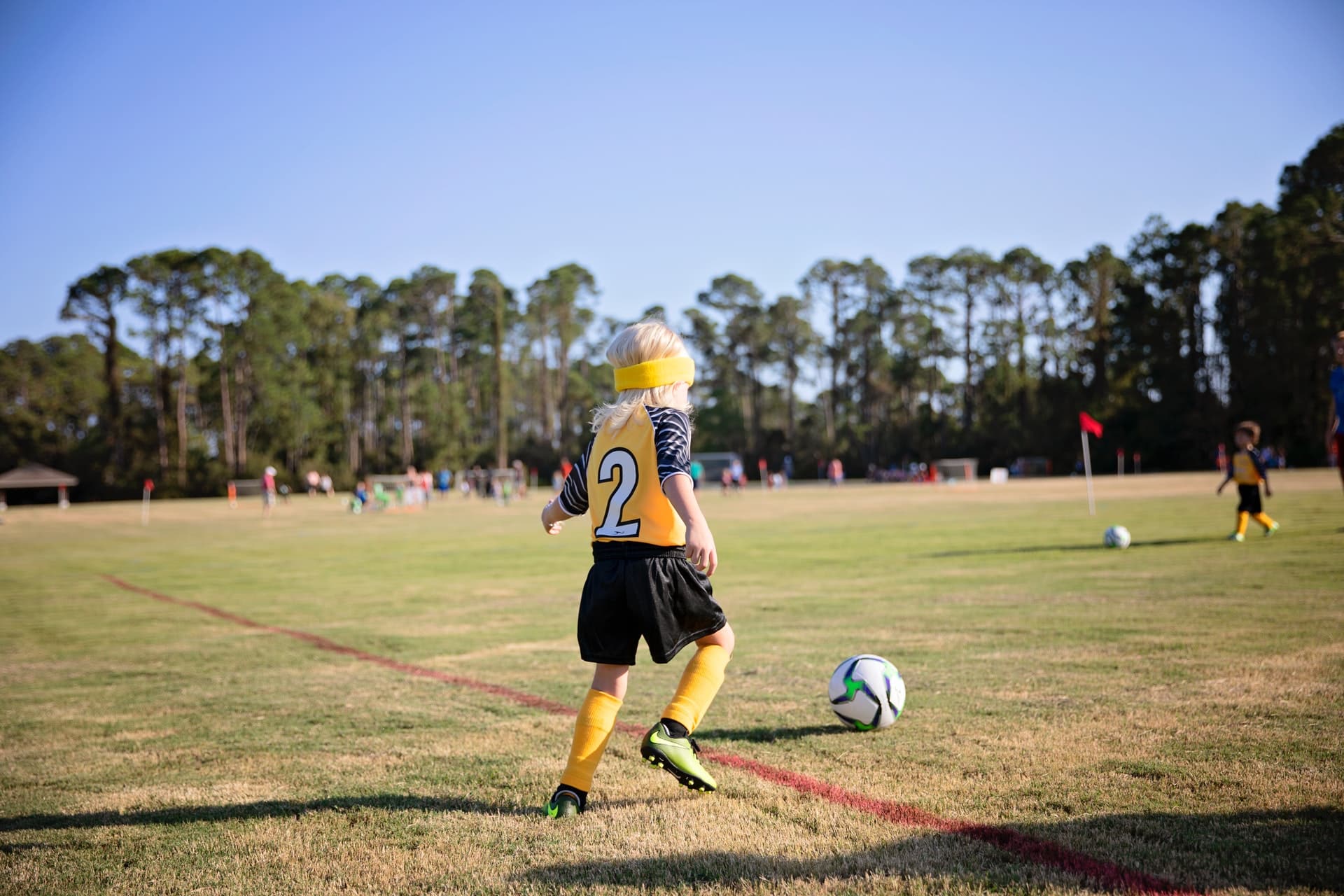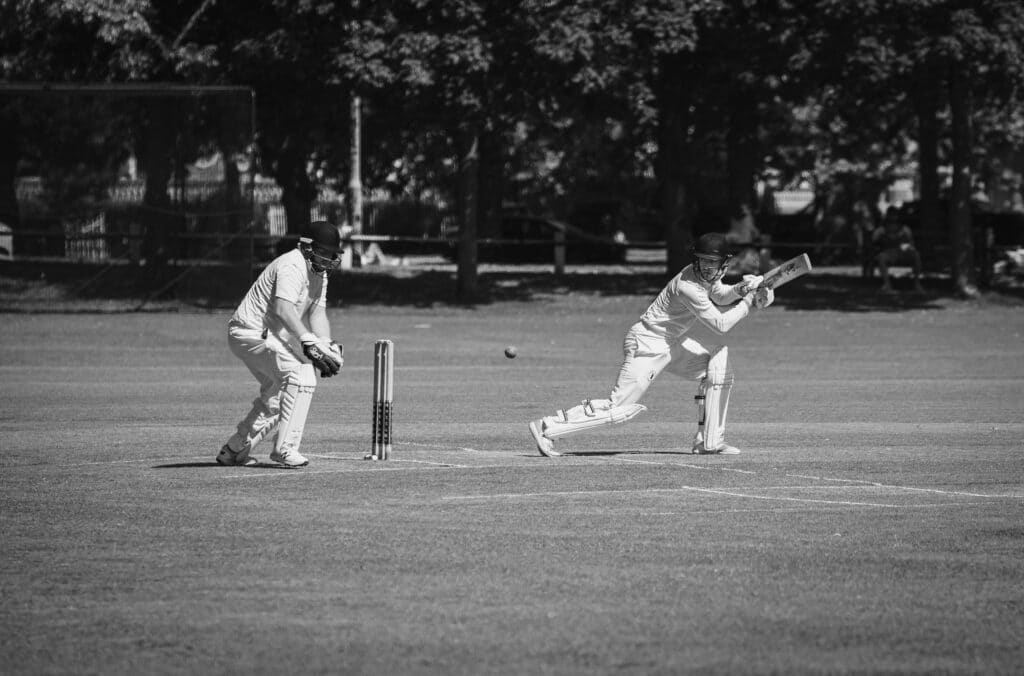Children and sporting injuries
What we’ll cover
Children and sporting injuries
Did you know that approximately 40% of child or adolescent musculoskeletal injuries are sports related? Often these injuries are trivialised which commonly result in longer recovery time and further delay and time spent away from sport. Physiotherapists can accurately diagnose your child’s injury by performing a thorough assessment which includes listening to your child’s injury history and a clinical examination. Our physiotherapist Tegan Skipworth looks into two common adolescent sporting injuries Osgood Schlatters and Severs disease.
What is the cause?
When adolescents go through periods of growth the long bones within the body such as the thigh and shin develop in length before the surrounding muscles. During this time, new bone is laid down in regions called the growth plate, or the epiphyseal plate. Each long bone has two growth plates, one located at each end of the bone allowing for new bone growth. The initial structures are weak but they remodel and get stronger over time. Once adolescents have stopped growing the plate is replaced by an epiphyseal line after growth plate fusion has occurred. On average, this complete fusion occurs between the ages of 12-16 for girls, and 14-19 for boys.
Very near these growth plates are the attachment sites for surrounding muscles and tendons. An Apophysis is a naturally occurring bony protuberance that is site for tendon attachment. When we repetitively contract a muscle it’s tendinous attachment pulls on the bone and can cause irritation and inflammation to the surrounding area. This type of injury is called a traction apophysitis. It can only occur in children and adolescents as the bony is not full matured. In extreme cases, repetitive high forces can result in an avulsion fracture, an injury where the tendon insertion has actually pulled off some of the bone.
Children and adolescents that are most at risk of traction apophysitis injuries are those that are extremely active. Sports involving high levels of running and jumping are the most common causes.
What are the symptoms of children sporting injuries?
Generally your child will experience a gradual onset of pain. There will be no clear mechanism of injury or specific moment in time as to when the pain started. Symptoms will always be aggravated by sports or physical activity and will usually be eased by periods of rest.
It often correlates with a return to sport, significant increase in total volume of sport, and a recent growth spurt.
The most commonly affected areas are the front of the knee and the back of the heel. The muscles that attach to these regions, the quadriceps and the calf respectively, are muscles that produce significant amounts of power during activities such as running and jumping. Children will almost certainly have pain on palpation over the bony part at the top of the shin, and / or the most prominent part at the back of the heel. These injuries, Osgood Schlatters (knee) and Severs (heel), usually occur separately, although it is possible for the them to occur simultaneously.
What causes children sporting injuries?
- Exercise technique or co-ordination
- Reduced flexibility
- Biomechanical factors, e.g foot posture
- Footwear
What should I do if my child has as sporting injury?
It is recommended to seek professional advice for a thorough assessment and diagnosis of your child’s pain. It is necessary to distinguish relevant contributing factors as they may be different for each individual.
Usually treatment will involve a period of offload (reducing sport or physical activity) and addressing contributing biomechanical factors. Taping techniques may be used as part of offloading or pain management strategies.
A full return to sport can be expected but often the timeframe can be variable. Therefore it is important that they have a graded return to full activity as advised by their treating practitioner.
Our team at Malvern East Physiotherapy work closely with a number of junior sporting associations and teams. If your child is experiencing a sporting injury, call us today or book online.














